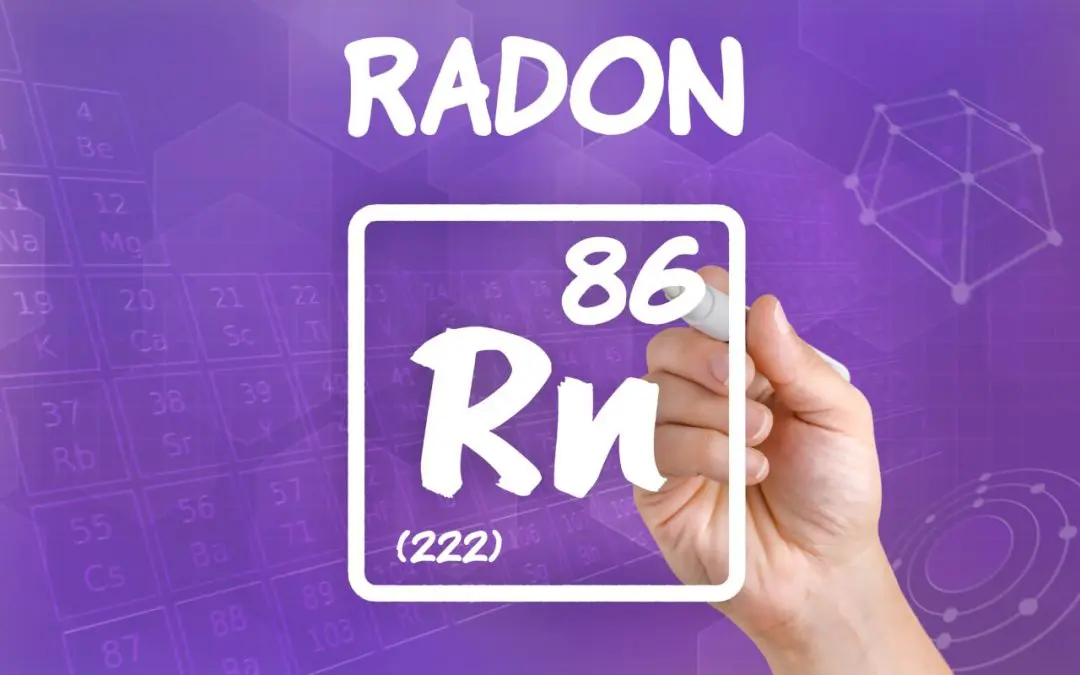When you think about home safety, you probably focus on fire alarms, sturdy roofs, and secure doors. Yet, one of the most serious hazards to your long-term health is invisible, odorless, and undetectable without specialized tools: radon. This naturally occurring radioactive gas is the second leading cause of lung cancer in the United States. For any homeowner, taking proactive steps to get professional radon testing is a critical investment in the health and safety of everyone under your roof.
Understanding the Necessity of Radon Testing
The natural breakdown of uranium in soil, rock, and water produces radon. It seeps into homes through cracks in the foundation, gaps around utility pipes, floor drains, and other openings. Because modern homes are built to be tightly sealed for energy efficiency, radon could become trapped inside, accumulating to dangerous levels.
Many people mistakenly believe that only older homes or homes in certain regions are at risk. However, radon levels could vary dramatically even between houses right next to each other because of soil composition and construction differences. The only way to know the concentration level in your home is through professional radon testing. Relying on neighborhood averages is a gamble; you need a precise measurement of your specific environment.
Professional Radon Testing
While there are DIY kits available, homeowners seeking fast, reliable results, especially during a real estate transaction, should opt for professional radon testing. Professionals use sensitive, calibrated equipment that meets strict industry standards, providing the most accurate snapshot of your home’s radon levels. The most common method for professional testing typically lasts between 48 and 96 hours. During this time, the home must be kept under closed-house conditions. This means keeping all windows and external doors closed (except for normal entry and exit) and operating the furnace or air conditioning normally. The devices used are often continuous radon monitors (CRMs) which take hourly readings. This short-term data is analyzed by the professional to determine if the radon concentration meets or exceeds the EPA action level.
Why Professional Testing Trumps DIY Kits
When you choose professional radon testing, you’re paying for expertise and assurance. A certified radon tester knows exactly where to place the monitor to get an accurate reading (usually in the lowest livable area of the home), ensures proper calibration, and understands how to maintain the strict “closed-house” conditions required for valid tests. If the test results are high, the EPA recommends taking immediate action to mitigate the risk. This fast, confident result allows you to move quickly to protect your family’s health.
Taking Action: Understanding Radon Mitigation
If your professional radon testing reveals levels at or above the EPA’s action level, mitigation is necessary. Fortunately, fixing a radon problem is straightforward and highly effective, typically reducing levels by up to 99 percent. The most common mitigation technique is Sub-Slab Depressurization (SSD). This system works by creating a vacuum beneath the concrete slab or foundation of your home. A qualified mitigation professional drills a hole into the foundation, inserts a PVC pipe, and connects it to a low-noise fan, usually installed outside or in the attic. The fan continuously draws radon gas from the soil beneath the house and vents it safely above the roofline, preventing it from ever entering your living space. This reliable, installed system guarantees that once you’ve identified the problem through radon testing, you have a permanent and effective solution in place.
Making the Confident Choice for Your Home
Ultimately, the choice to pursue professional radon testing is a simple one driven by health and confidence. Radon is a long-term, invisible threat, but it is one you have complete power to control. By testing you are making an informed decision about the air quality within your home. Don’t leave your family’s health to chance.
Frequently Asked Questions (FAQs)
How do I prepare my home for professional radon testing?
You must maintain “closed-house conditions” for at least 12 hours before and throughout the test period. This means keeping all windows and exterior doors closed (except for brief, normal entry/exit), and not using fans that bring in outside air.
Is there any safe level of radon?
The EPA and Surgeon General recommend fixing your home if the radon level is 4.0 pCi/L or higher.
Does my homeowners insurance cover radon testing or mitigation costs?
In most cases, standard homeowners insurance policies do not cover the costs of radon testing or mitigation, as it is considered a preventative maintenance and environmental issue.
How long does a radon mitigation system last?
The piping system itself is generally permanent. The electrical fan component usually has a lifespan of about 10 to 15 years and may need to be replaced periodically to guarantee the system remains effective.

